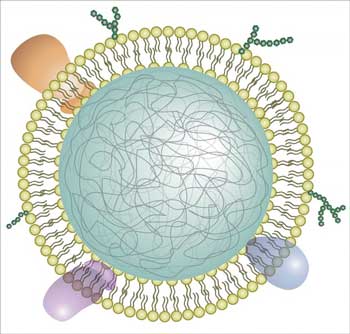 Engineers have developed neutrophil nanosponges that can safely absorb and neutralize a variety of proteins that play a role in the progression of rheumatoid arthritis.
Engineers have developed neutrophil nanosponges that can safely absorb and neutralize a variety of proteins that play a role in the progression of rheumatoid arthritis.
Sep 3rd, 2018
Read more
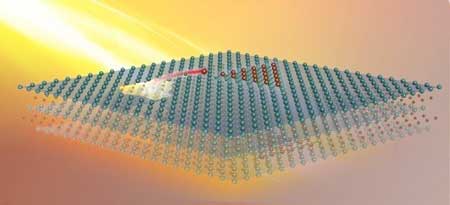 Scientists induced a two-dimensional material to cannibalize itself for atomic 'building blocks' from which stable structures formed.
Scientists induced a two-dimensional material to cannibalize itself for atomic 'building blocks' from which stable structures formed.
Aug 31st, 2018
Read more
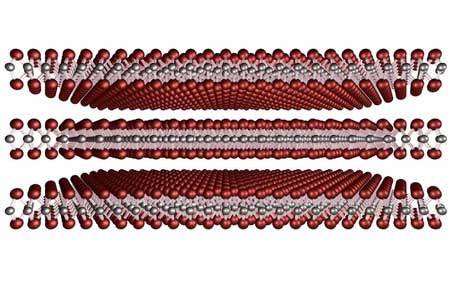 Layered crystals are used worldwide as a basis for exploring the nano-cosmos.
Layered crystals are used worldwide as a basis for exploring the nano-cosmos.
Aug 31st, 2018
Read more
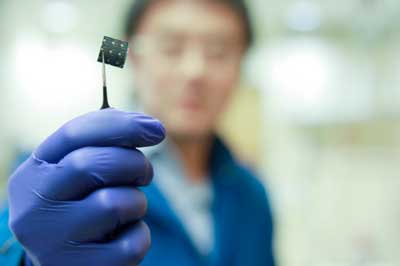 Materials scientists have developed a highly efficient thin-film solar cell that generates more energy from sunlight than typical solar panels, thanks to its double-layer design.
Materials scientists have developed a highly efficient thin-film solar cell that generates more energy from sunlight than typical solar panels, thanks to its double-layer design.
Aug 31st, 2018
Read more
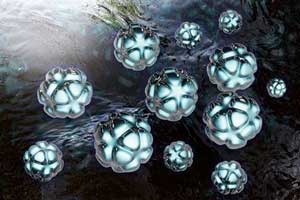 A new reports provides an assessment of methods of sampling and characterizing engineered nanomaterials in the air and on surfaces in the workplace.
A new reports provides an assessment of methods of sampling and characterizing engineered nanomaterials in the air and on surfaces in the workplace.
Aug 31st, 2018
Read more
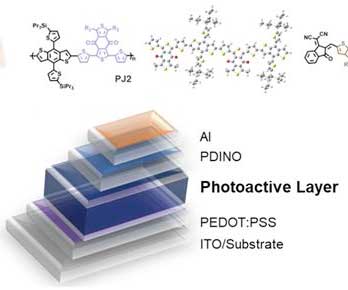 Researchers have introduced a novel method that can solve issues associated with the thickness of the photoactive layers in organic solar cells.
Researchers have introduced a novel method that can solve issues associated with the thickness of the photoactive layers in organic solar cells.
Aug 30th, 2018
Read more
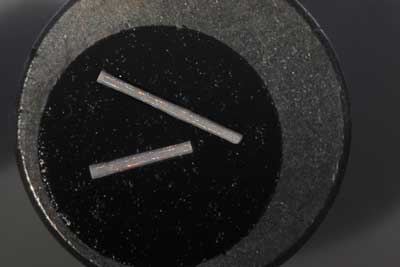 Engineers have united the principles of self-assembly and 3-D printing using a new technique.
Engineers have united the principles of self-assembly and 3-D printing using a new technique.
Aug 30th, 2018
Read more
 A team of semiconductor researchers has used a boron nitride separation layer to grow indium gallium nitride (InGaN) solar cells that were then lifted off their original sapphire substrate and placed onto a glass substrate.
A team of semiconductor researchers has used a boron nitride separation layer to grow indium gallium nitride (InGaN) solar cells that were then lifted off their original sapphire substrate and placed onto a glass substrate.
Aug 30th, 2018
Read more
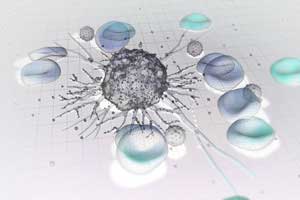 By using nanosized charged polymer balls to attack tumors directly rather than carry drugs, researchers have found a way to overcome drug resistance.
By using nanosized charged polymer balls to attack tumors directly rather than carry drugs, researchers have found a way to overcome drug resistance.
Aug 30th, 2018
Read more
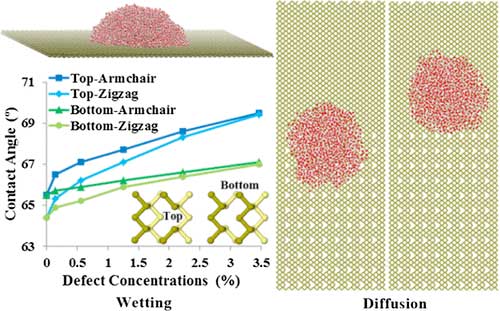 Better understanding of the wetting characteristics of phosphorene could pave the way for new applications in biological engineering.
Better understanding of the wetting characteristics of phosphorene could pave the way for new applications in biological engineering.
Aug 30th, 2018
Read more
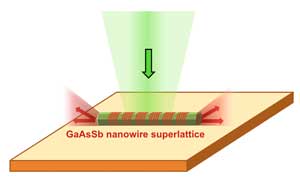 Researchers have built a miniature laser in the form of a nanowire. It's the uniformity of the superlattice of the nanowire that makes this miniature laser exceptional.
Researchers have built a miniature laser in the form of a nanowire. It's the uniformity of the superlattice of the nanowire that makes this miniature laser exceptional.
Aug 29th, 2018
Read more
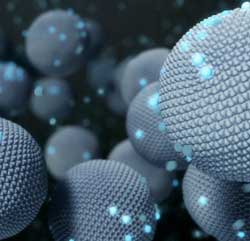 At this recent meeting, environmental, health and workers protection authorities as well as industry, science and civil society organisations discussed current topics in the area of nano governance.
At this recent meeting, environmental, health and workers protection authorities as well as industry, science and civil society organisations discussed current topics in the area of nano governance.
Aug 29th, 2018
Read more
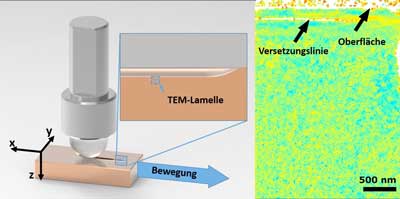 The exact cause of wear is still unclear. Scientists recently proved that the effect occurs at the first contact already and always takes place at the same point of the material. Their findings help develop optimized materials and reduce consumption of energy and raw materials.
The exact cause of wear is still unclear. Scientists recently proved that the effect occurs at the first contact already and always takes place at the same point of the material. Their findings help develop optimized materials and reduce consumption of energy and raw materials.
Aug 29th, 2018
Read more
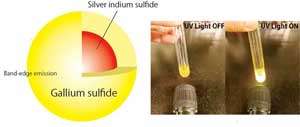 Researchers created a new type of light-emitting nanoparticle that is made of ternary non-toxic semiconductors to help create displays and LED lighting with better colors that are more environmentally friendly.
Researchers created a new type of light-emitting nanoparticle that is made of ternary non-toxic semiconductors to help create displays and LED lighting with better colors that are more environmentally friendly.
Aug 29th, 2018
Read more
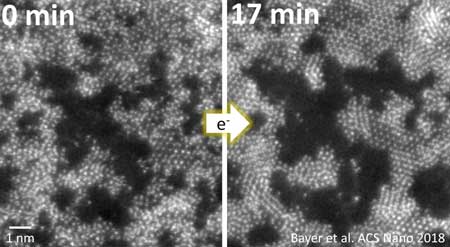 Atomically thin crystals will play an ever greater role in future -- but how can their crystallisation process be controlled? A new method is now opening up new possibilities.
Atomically thin crystals will play an ever greater role in future -- but how can their crystallisation process be controlled? A new method is now opening up new possibilities.
Aug 29th, 2018
Read more
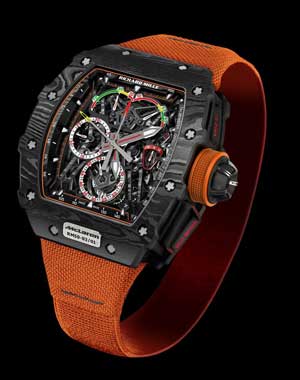 The RM 50-03 watch was made using a unique composite incorporating graphene to manufacture a strong but lightweight new case to house the watch mechanism which weighed just 40 grams in total, including the strap.
The RM 50-03 watch was made using a unique composite incorporating graphene to manufacture a strong but lightweight new case to house the watch mechanism which weighed just 40 grams in total, including the strap.
Aug 29th, 2018
Read more
 Engineers have developed neutrophil nanosponges that can safely absorb and neutralize a variety of proteins that play a role in the progression of rheumatoid arthritis.
Engineers have developed neutrophil nanosponges that can safely absorb and neutralize a variety of proteins that play a role in the progression of rheumatoid arthritis.















 Subscribe to our Nanotechnology News feed
Subscribe to our Nanotechnology News feed